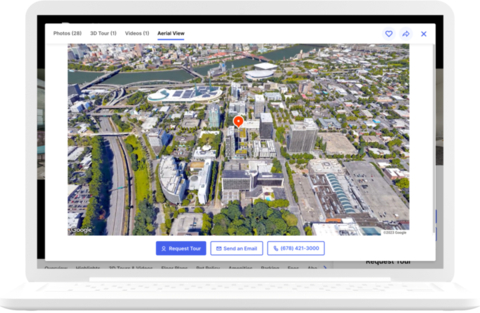Mortgage Rates Surge Past 7.1% For First Time Since November; Some Buyers Back Off While Others Lower Budget
Monthly housing payments hit a new record high this week as mortgage rates jumped, pricing out many homebuyers, especially those with limited budgets Housing payments hit a new high this week as mortgage rates jumped due to progress on a possible debt-ceiling deal. That’s according to a new report from Redfin (redfin.com), the technology-powered real estate brokerage. Daily average rates hit 7.12% on May 25, reaching their highest level since November. The
Read More







